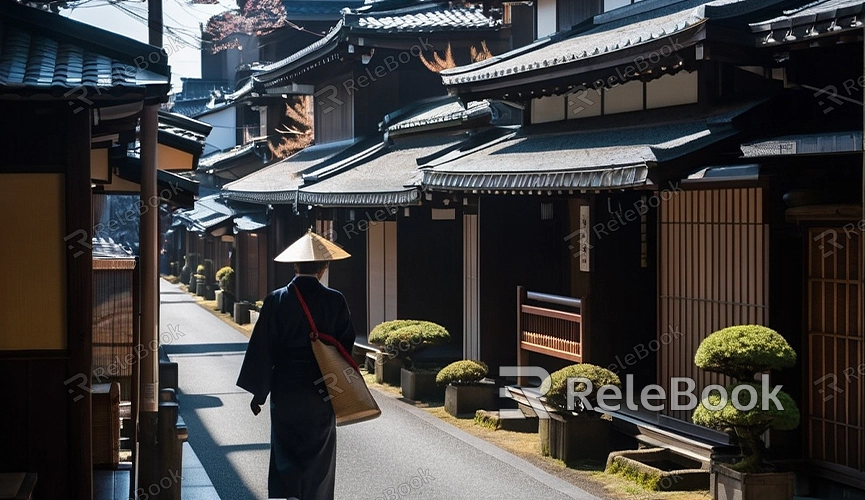Blender How to Texture a Ceiling
Texturing a ceiling in Blender is a common requirement that can make scenes appear more realistic and lively. However, for some beginners, it might not be clear how to texture a ceiling in Blender. Don't worry! This article will provide you with an easy guide on how to add texture to a ceiling in Blender, enhancing the rendering of your 3D scenes.
1. Prepare the Scene and Model
Firstly, open your scene in Blender and ensure that you have created the model for the ceiling. The ceiling can be a simple plane or a complex geometry, depending on your scene requirements. Make sure your ceiling model is positioned correctly and aligned with other objects.

2. Select the Ceiling Model
In the scene, select the ceiling model to ensure you have the right object chosen. You can use the left mouse button to click on the ceiling model to select it or use the Outliner panel to locate and select the object.
3. Open the Material Editor
In Blender, you can use materials to texture objects. After selecting the ceiling model, switch to the "Material Editor" interface where you can create and edit the material for the ceiling.
4. Create a New Material
If the ceiling doesn't have a material yet, you need to create a new one for it. In the material editor, click the "New" button, and Blender will automatically create a new material for the ceiling. You can give this material a name, such as "Ceiling_Texture."
5. Add Texture Node
In the material editor, you can add texture nodes to apply texture to the ceiling. Click the "Add Node" button and select "Texture" -> "Image Texture" from the pop-up menu to add an image texture node.
6. Import Texture Image
Click on the image texture node, then click the "Open" button to select the texture image file you want to use for the ceiling. Make sure you choose a suitable texture image, such as wallpaper texture or sky texture, to achieve the desired effect.
7. Connect Nodes
Connect the image texture node to the material's "Surface" input. You can connect the "Color" output of the image texture node to the "Base Color" input of the material, or to other material properties like "Normal," "Roughness," etc., based on your needs.
8. Adjust Texture Parameters
You can adjust some parameters in the image texture node, such as tiling, offset, rotation, etc., to make the texture appear as desired on the ceiling.
9. Preview Render
In the material editor, you can click the "Render Preview" button to preview the texture effect on the ceiling. In the render preview, you can see the actual texture effect on the ceiling and make adjustments as needed.
10. Render the Scene
Once you're satisfied with the texture effect on the ceiling, you can close the material editor, return to the scene, and proceed with the final render. During rendering, Blender will render the ceiling based on the material and texture parameters you've set, presenting the desired effect.
With this easy guide, you've learned how to texture a ceiling in Blender. Adding texture to the ceiling can make your scenes more realistic and lively, enhancing the texture and depth of your work. If you need high-quality 3D textures, HDRI, or downloadable 3D models while creating models and virtual scenes, you can download them from Relebook and directly import textures and 3D models into your projects for immediate use.

